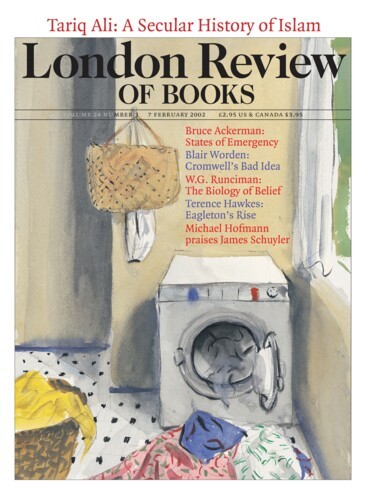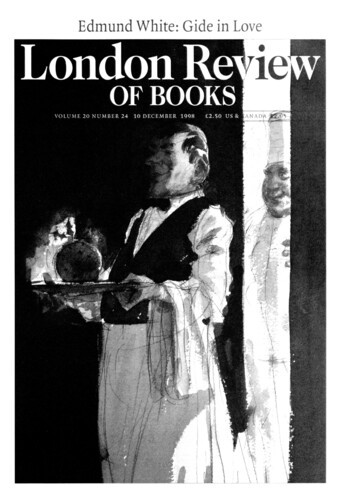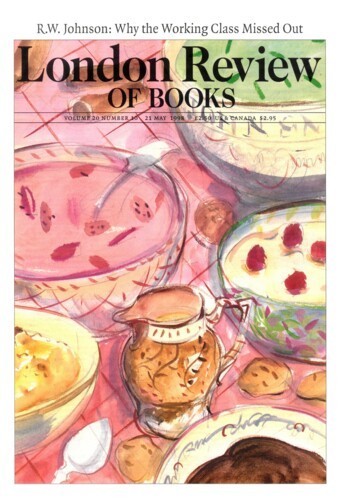Immortally Cute: Alice Sebold
Rebecca Mead, 17 October 2002
The Lovely Bones aims to be, in the end, a feel-good book about rape, torture and murder, and while such an unlikely achievement is remarkable, it is also unsettling in ways that Sebold does not begin to address.




